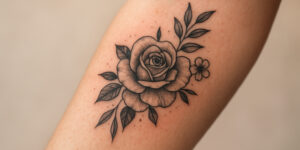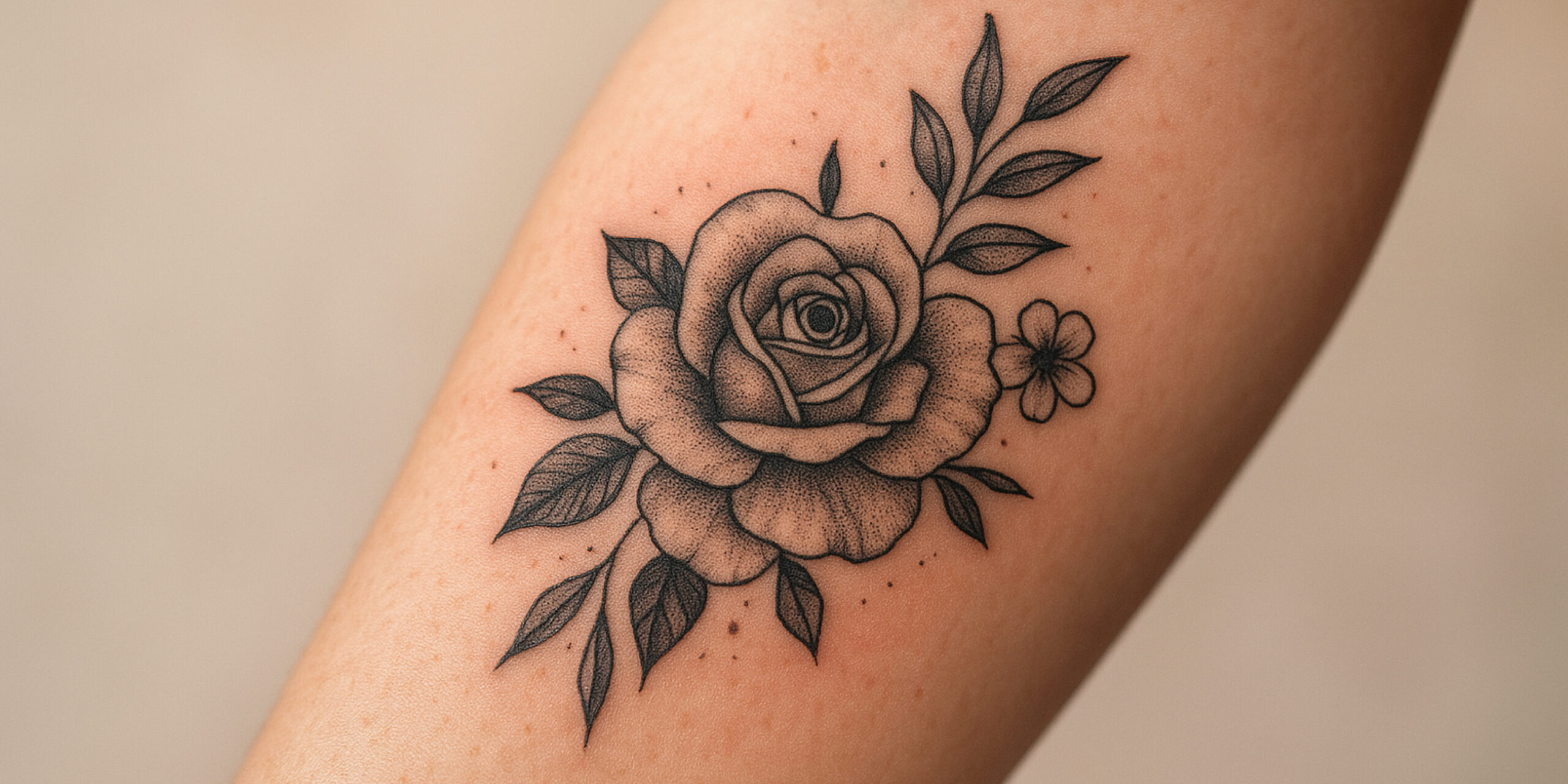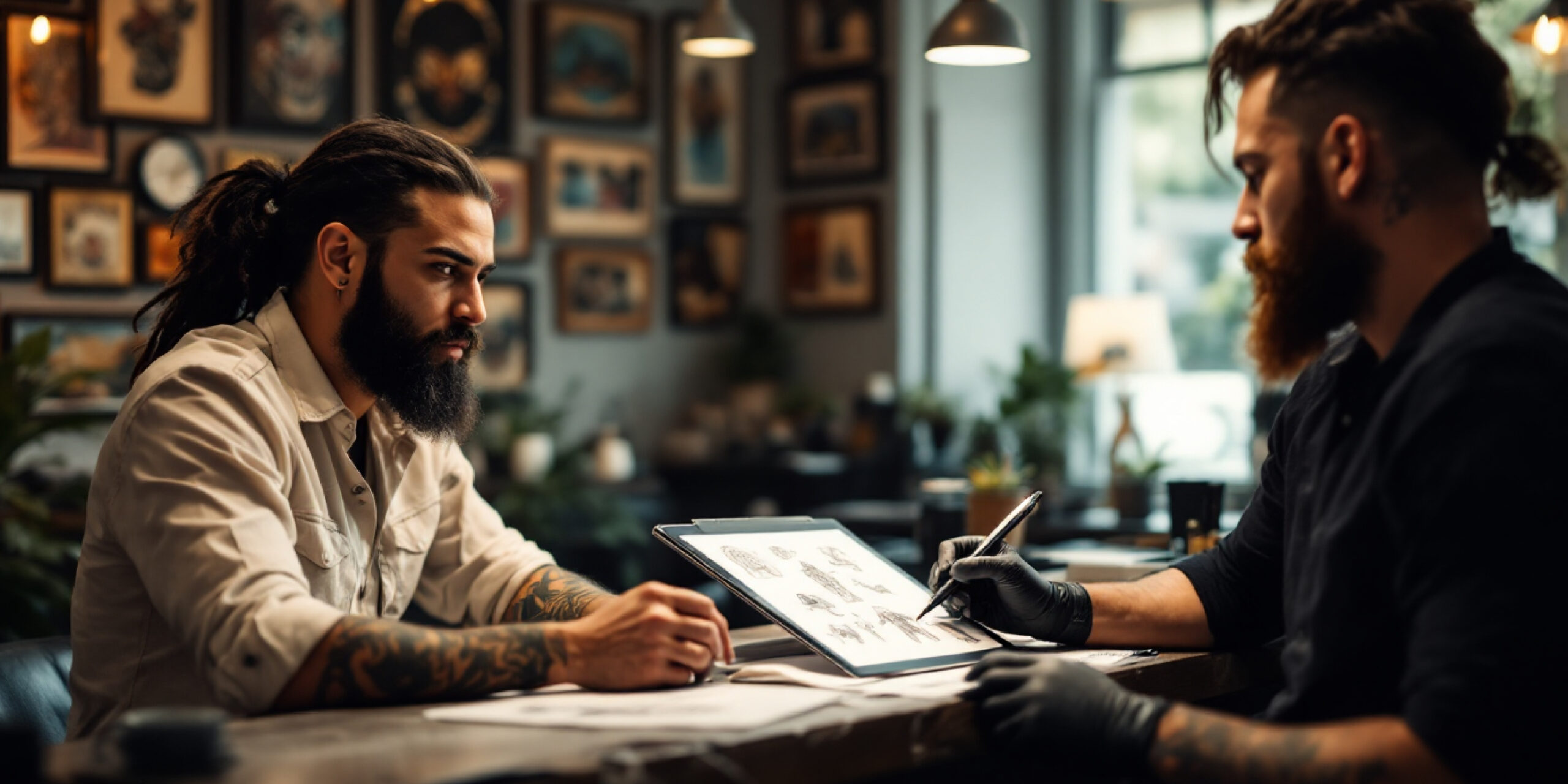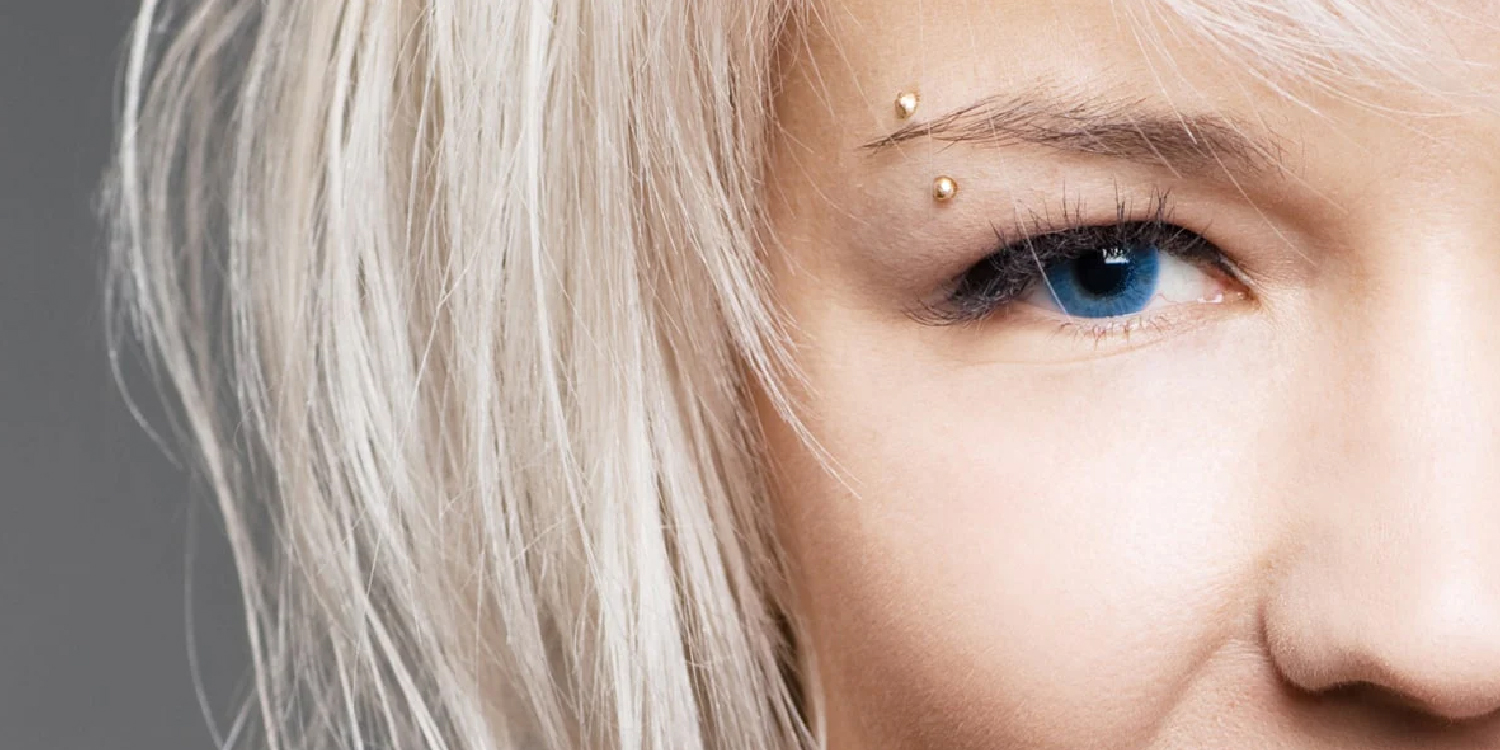Body piercing has been a form of self-expression and cultural tradition for centuries, yet myths and misconceptions persist around this practice. Whether you’re considering getting a piercing or are a seasoned enthusiast, it’s essential to separate fact from fiction to make informed decisions about piercing safety, aftercare, and cultural significance. In this blog post, we’ll debunk common piercing myths, providing clarity on various aspects of body piercing.
Myth 1: Piercing Guns Are Safer than Needles
Debunked: Piercing guns are a common source of misunderstanding. In reality, professional piercers almost universally recommend using needles over piercing guns. Guns can cause more trauma to the tissue, increasing the risk of complications. Needles, when used by skilled piercers, create a cleaner hole and are less likely to cause issues like excessive scar tissue.
Takeaway: Opt for a professional piercing studio that uses needles and follows strict hygiene protocols.
Myth 2: Piercings Always Get Infected
Debunked: While infections can occur, they are not as common as some may believe. With proper aftercare and hygiene, the risk of infection decreases significantly. Most piercing-related issues are often a result of inadequate care or neglecting proper healing practices.
Takeaway: Follow the aftercare instructions provided by your piercer, and avoid touching the piercing with dirty hands.
Myth 3: Piercings Can’t Be Removed Once Done
Debunked: With the exception of certain genital piercings designed to be permanent, most piercings are removable. However, it’s crucial to consult with a professional piercer before attempting to remove jewelry, especially for newer piercings. Premature removal can lead to closure, and not all piercings can be easily re-pierced.
Takeaway: Consult your piercer before removing any jewelry to ensure it’s the right time and procedure.
Myth 4: Piercings Ruin Teeth and Gums
Debunked: While oral piercings do carry some risks, such as chipped teeth or gum damage, these issues are often associated with poor piercing placement, low-quality jewelry, or improper aftercare. With proper care and attention to jewelry quality, oral piercings can be done safely.
Takeaway: Choose a reputable piercer with experience in oral piercings, and follow all aftercare recommendations diligently.
Myth 5: Piercings Always Lead to Excessive Scarring
Debunked: Scarring varies from person to person and is influenced by factors such as genetics, aftercare, and how well the piercing heals. While some scarring is normal during the initial healing phase, it usually fades over time. Scar tissue can be minimized with proper care and jewelry selection.
Takeaway: Follow aftercare instructions, use high-quality jewelry, and consult with your piercer if you notice unusual scarring.
Myth 6: Piercings Can Only Be Done Once You’re 18
Debunked: Age restrictions for piercings vary depending on the location and type of piercing. In many places, minors can get certain piercings with parental consent. However, genital and nipple piercings often have stricter age requirements.
Takeaway: Familiarize yourself with local regulations and consult with a professional piercer for guidance.
Myth 7: All Piercing Studios Are the Same
Debunked: Not all piercing studios uphold the same standards of hygiene and professionalism. Reputable studios prioritize cleanliness, use sterile equipment, and employ skilled piercers. Researching and choosing a reputable studio is crucial for a safe and positive piercing experience.
Takeaway: Read reviews, ask for recommendations, and visit studios beforehand to assess cleanliness and professionalism.
Myth 8: Piercing Pain Is Unbearable
Debunked: Pain tolerance varies from person to person, and while piercings involve some discomfort, many individuals find the process to be less painful than anticipated. The pain is usually brief, lasting only for the duration of the piercing procedure.
Takeaway: Focus on proper breathing techniques and communicate with your piercer about any concerns or fears.
Myth 9: Piercings Can Migrate or Reject Regardless of Aftercare
Debunked: Migration or rejection can occur, but proper aftercare significantly reduces the likelihood. Adequate cleaning, avoiding trauma to the piercing, and using appropriate jewelry help prevent these issues.
Takeaway: Follow aftercare instructions meticulously and consult with your piercer if you notice any signs of migration or rejection.
Myth 10: All Piercing Bumps Are Keloids
Debunked: Not all bumps that appear around piercings are keloids. Keloids are an overgrowth of scar tissue and are relatively rare. Bumps can be caused by irritation, infection, or other issues, and proper care can often resolve them.
Takeaway: If you notice a bump, consult with your piercer to determine the cause and appropriate course of action.
Myth 11: Piercings Can Only Be Done in Certain Areas
Debunked: Piercings can be done in a wide variety of areas on the body, not just the traditional earlobe or nostril. From surface piercings to dermal anchors, there are numerous options for those looking to express themselves through body piercing.
Takeaway: Explore various piercing options and consult with a professional piercer for advice on placements that suit your anatomy.
Myth 12: Piercings Are Only for Rebellious or Alternative Individuals
Debunked: Body piercing is a form of self-expression accessible to anyone, regardless of their style or identity. While it has roots in alternative cultures, piercings are embraced by individuals from all walks of life, from corporate professionals to artists.
Takeaway: Embrace piercings as a personal choice, and don’t be afraid to express your individuality.
Conclusion: Navigating the Truths of Body Piercing
Dispelling piercing myths is essential for fostering a culture of informed decision-making and responsible body modification. Body piercing can be a safe and empowering form of self-expression when approached with knowledge, adherence to aftercare practices, and collaboration with skilled professionals. By debunking common myths, individuals can embark on their piercing journeys confidently, armed with accurate information and a clear understanding of the realities of body piercing.
Visit our Toronto or Montreal locations for any tattoo or piercing needs.












